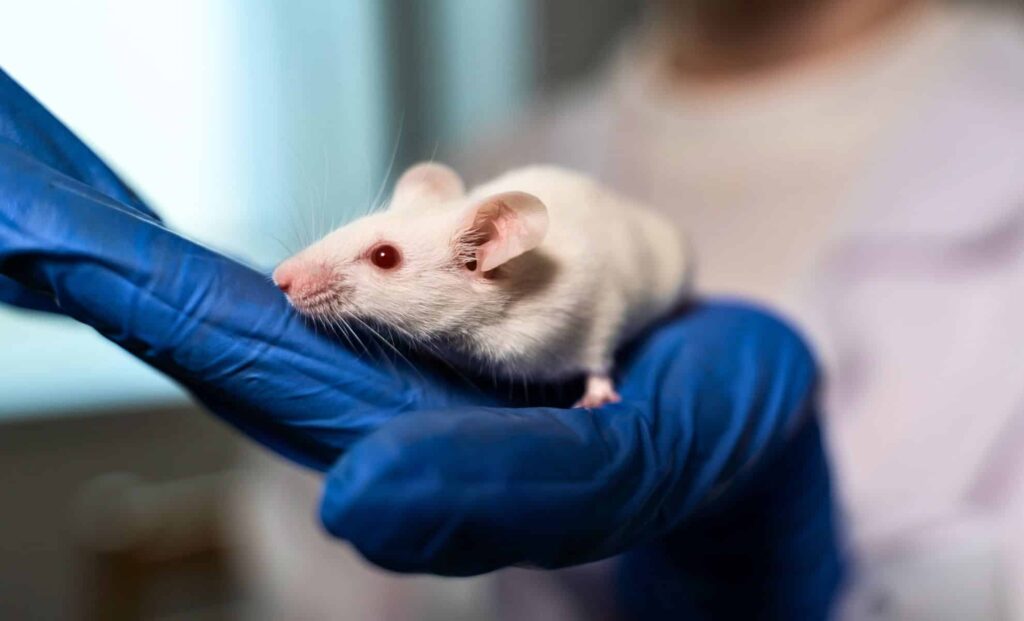In a laboratory in Kyoto, a team of geneticists made a small but significant tweak to the DNA of mice. Using CRISPR gene-editing technology, they inserted a single variant of a gene once carried by Homo neanderthalensis and Denisovans—archaic relatives of modern humans—into the genomes of living rodents. The mice, raised under controlled conditions, soon began to show signs of anatomical differences that echoed the skeletal structure of these extinct hominins.
The experiment, published in the journal BioRxiv, led by Dr. Ako Agata and Dr. Tadashi Nomura at the Kyoto Prefectural University of Medicine, focused on the gene GLI3. This gene plays a key role in a major developmental signaling pathway known as Hedgehog, which regulates the formation of bones and organs in embryos. The version introduced into the mice carried a specific mutation, R1537C, which Neanderthals and Denisovans are known to have possessed.
Researchers wanted to determine whether this archaic variant contributed to the distinct physical traits seen in Neanderthal skeletons—such as broad rib cages, elongated skulls, and pronounced brow ridges. They found that mice carrying the edited gene developed noticeable skeletal changes. Some had wider crania. Others had fewer vertebrae or rib cage abnormalities, including stronger rib torsion and signs of spinal curvature.
Subtle But Structural Changes
According to the study, the archaic gene variant did not impair the protein’s stability or its ability to activate Hedgehog signaling, which is crucial during development. Instead, it subtly altered how GLI3 regulated certain developmental genes, particularly those involved in skeletal morphology. In experiments involving HEK293T cells—a common human cell line used in labs—researchers observed changes in the expression of several developmental genes when the Neanderthal variant was present.
In mice, the effects were visible in bone structure. Some displayed premature ossification of the cranial sutures, a condition linked to skull deformation. Others developed scoliosis-like features, with asymmetric rib cages and vertebral changes. The mutation also appeared to reduce the number of lumbar vertebrae, mimicking traits found in Neanderthal remains.
Dr. Nomura’s team noted that none of the modified mice exhibited polydactyly, or extra digits—a common consequence when the GLI3 gene is completely disrupted in humans and animals. This indicated that the Neanderthal variant maintained core developmental functions, while gently steering certain outcomes in new directions.
An Ancient Mutation in the Modern Genome
The R1537C variant is not confined to prehistory. It exists today in small portions of the human population, particularly in non-African groups. According to the 1000 Genomes Project data cited in the study, its frequency ranges from approximately 3.7% to 7.7% in European populations and as low as 0.8% in African populations.
The mutation resides within a region of the GLI3 gene called the C-terminal transactivation domain, and in silico analyses had predicted it to be deleterious. But experimental evidence from the Kyoto group showed that the variant does not destabilize the protein or block its primary activity. Instead, the altered gene expression was linked to traits involving chromatin regulation and tissue development, including genes like STC1, H4C3, and LINC00294—all associated with bone growth and cellular development.
Notably, mice with this genetic change displayed different phenotypes depending on their genetic background. On the C57BL6 genetic background, mice developed cranial enlargement and rib cage abnormalities. On the CD-1 strain, they showed additional traits such as malformed cervical vertebrae and the appearance of an extra rib at the 14th thoracic vertebra.
Traces of Archaic Biology
The researchers believe that the mutation’s effects may have been shaped by relaxed developmental constraints in ancient hominins. Neanderthals, with their smaller effective population sizes, may have tolerated or even incorporated mutations that modern humans would not. Genetic drift could have allowed these traits to persist.
Skeletal data from the mice aligned with some known Neanderthal features. These included “macrocephaly,” scoliosis, and faster skeletal maturation—traits that researchers mapped using the Human Phenotype Ontology. The fossil record also shows stronger rib torsion in Neanderthal infants, a finding that appeared mirrored in the altered rib shapes of the modified mice.
According to the study’s authors, further research is needed to determine whether this mutation was positively selected in Neanderthals or simply maintained through drift. While some UK Biobank data suggests associations between this variant and human anatomical traits, such as waist-to-hip ratios and back disorders, the statistical evidence remains limited.
A Genetic Echo in Our Skeletons
This work adds to a growing body of research examining how small Neanderthal DNA segments may continue to shape modern biology. Previous studies have explored Neanderthal gene influences on immune response, pain perception, and even neurological traits. But few have demonstrated such a direct connection between a specific genetic mutation and skeletal development.
The gene-editing work was conducted under strict experimental protocols approved by the Kyoto Prefectural University of Medicine’s ethics committee. Animal models were developed using CRISPR-Cas12a technology, with embryos implanted into surrogate mice. The study’s data—including RNA sequencing and skeletal imaging—has been made publicly available via the DDBJ database and Mendeley Data.
The researchers stopped short of drawing firm conclusions about the gene’s role in Neanderthals. But as they note in their preprint, available on bioRxiv, the evidence points to an ancient variant of GLI3 that “contributes to species-specific anatomical variations,” subtly shaping the bodies of extinct relatives—and perhaps, to some extent, our own.

